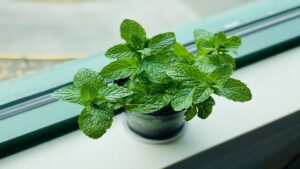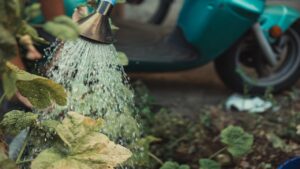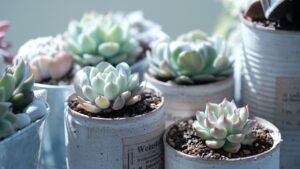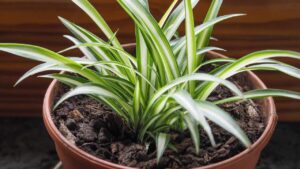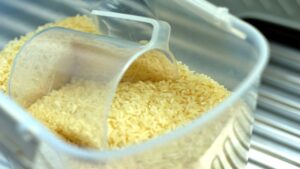Why It Forms and How to Prevent Mold on the Soil of Your Plants
If you love gardening or like to surround yourself with greenery at home, you might have noticed a white patina on your soil. This patina is actually mold, and unfortunately, it can deprive plants of nutrients, leading to their withering. In this article, we’ll explore why it forms and how to prevent it, ensuring your plants thrive in a healthy environment.
Mold on plant soil: causes and solutions
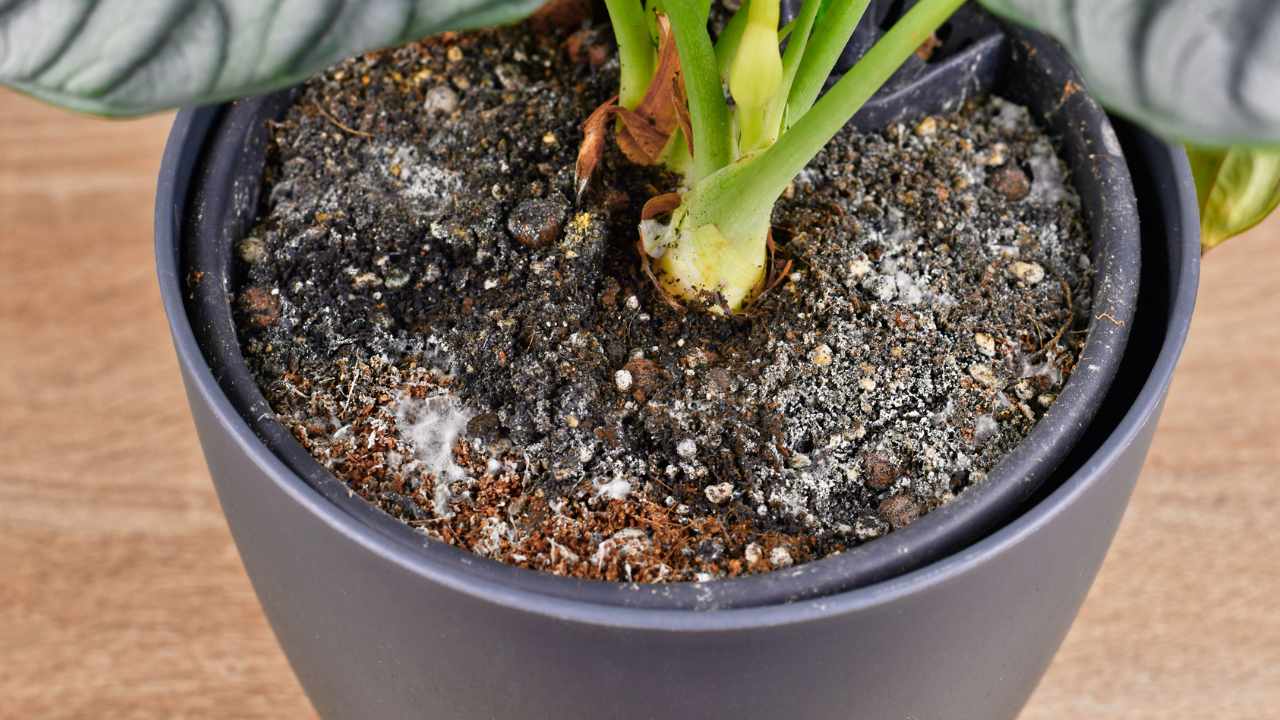
Humidity is one of the key factors for the development of mold. When the soil around plants stays consistently wet or humid, it creates an environment conducive to the growth of fungal spores present in the surroundings.
Temperature is another significant factor in mold formation. Mold thrives best in temperatures ranging from 20 to 30 degrees, making it more likely to appear in the soil of plants positioned in warm and humid environments, like the kitchen or bathroom.
Decayed organic material is another factor creating an ideal mold and mildew growth environment. Leaves that have fallen on the soil or a soil composition primarily made of peat provide a favorable environment for mould and mildew development.
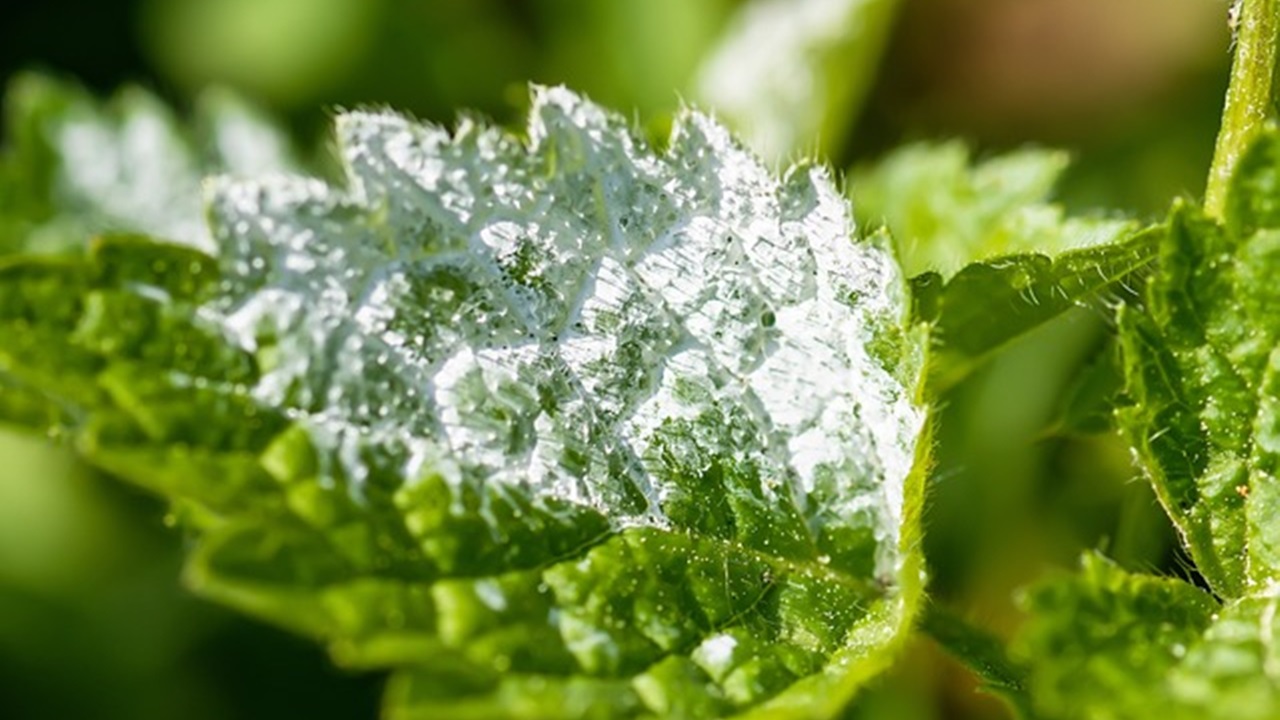
To prevent mold formation, it is essential to carefully control humidity levels in plant-growing areas, avoid overwatering, and ensure that the plant has good drainage, which prevents water from accumulating in the roots. Water the plants only when the soil feels dry to the touch.
Another fundamental point is ventilation. It is important to open windows to facilitate air circulation and prevent stagnation. Regularly clean plants by removing dry branches and dead leaves. Maintain an appropriate distance between plants. If the soil around a plant is contaminated with mold, consider repotting and replacing the soil to create a healthier environment for the plant.
Indeed, whether it settles on plants or invades walls, combating mold involves the same strategy. Always keep the rooms clean, dry, and well-ventilated.
